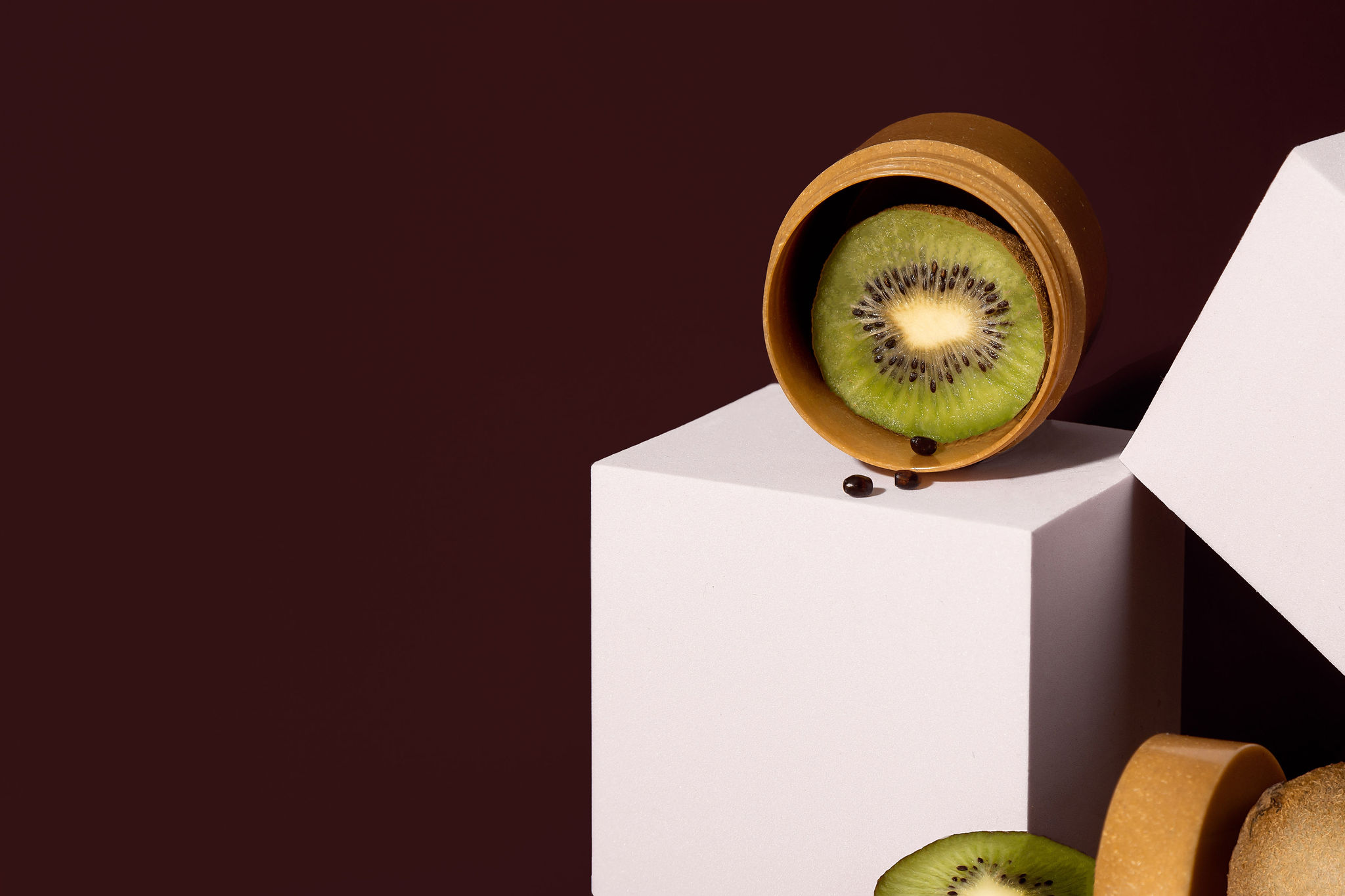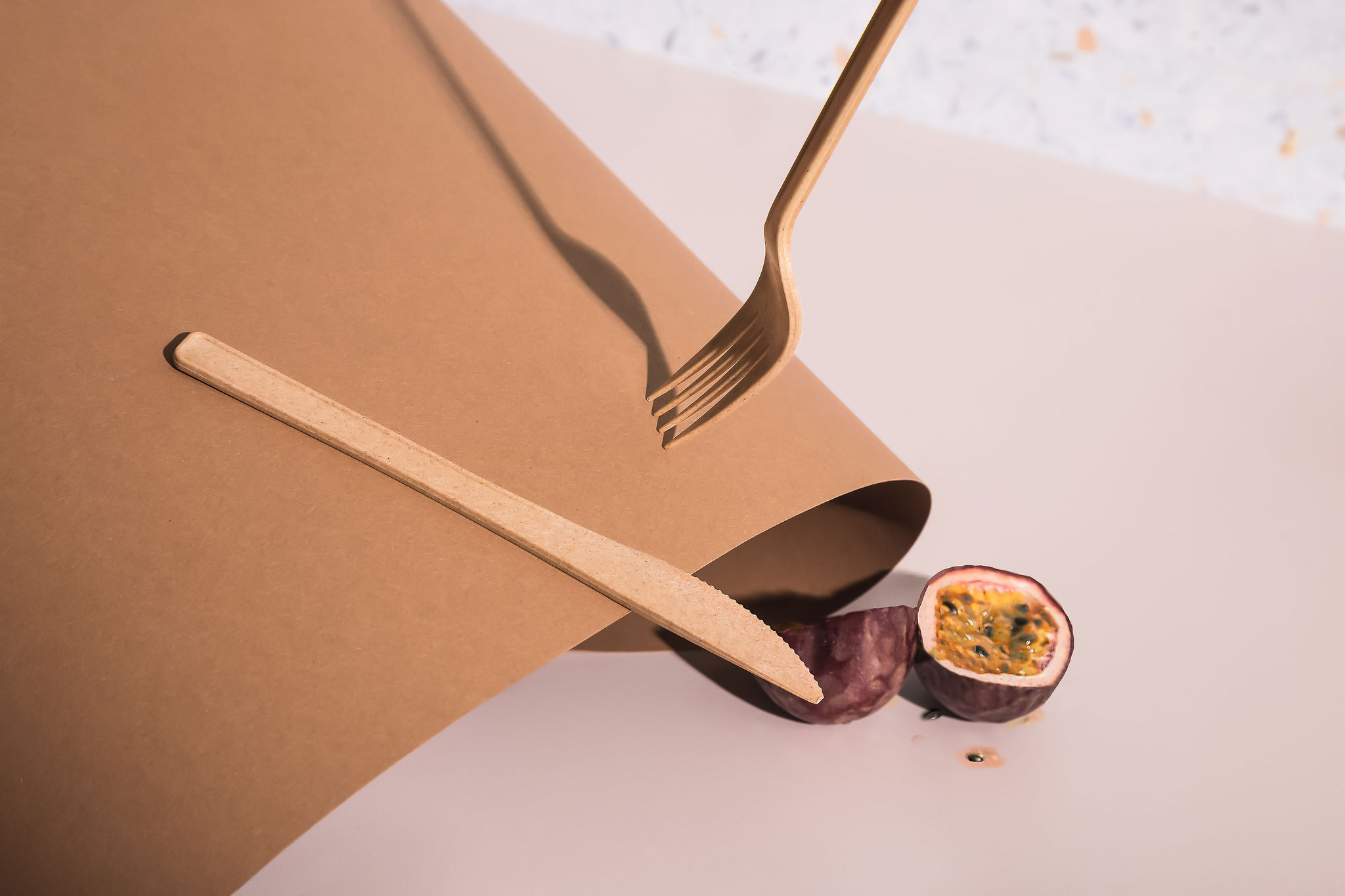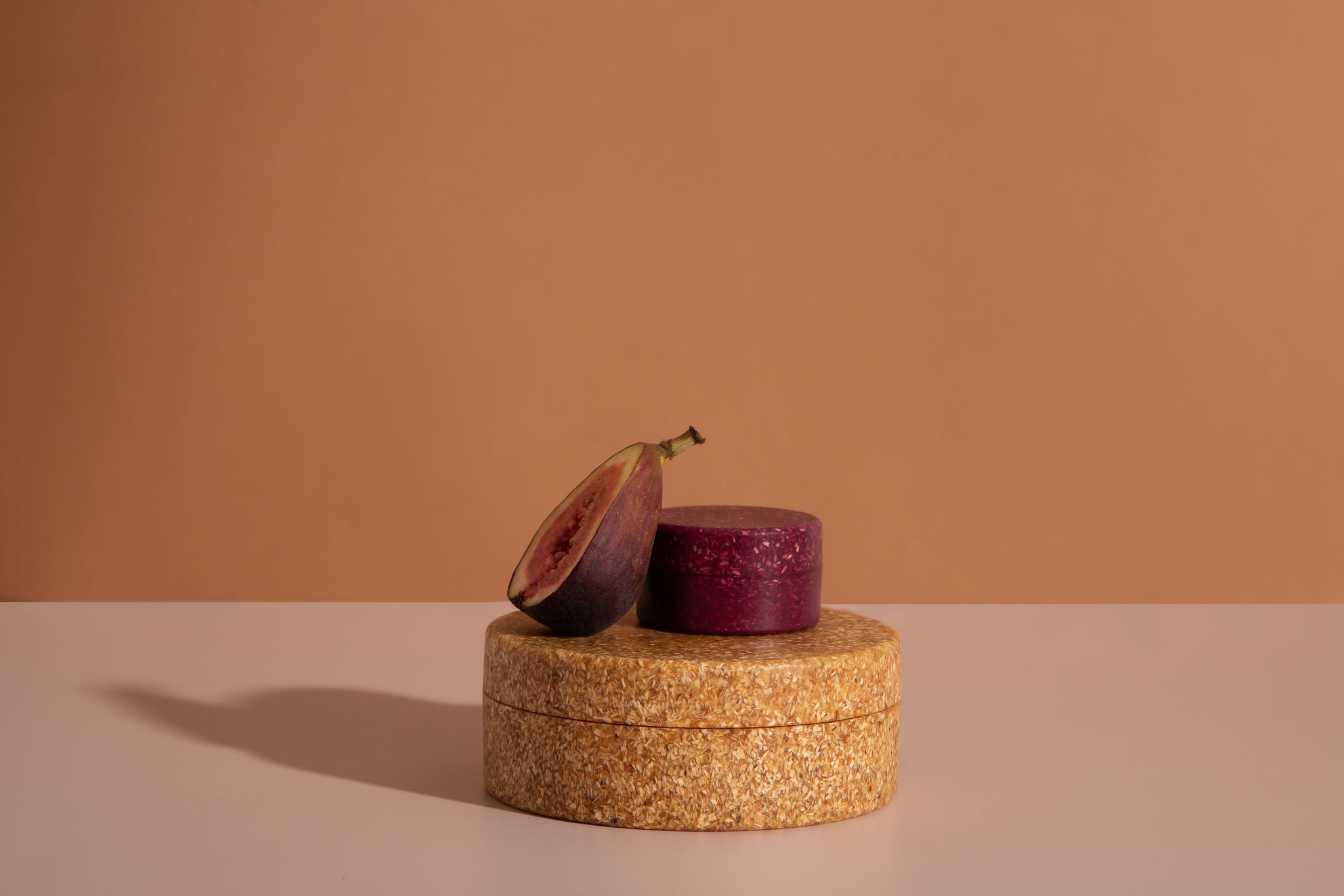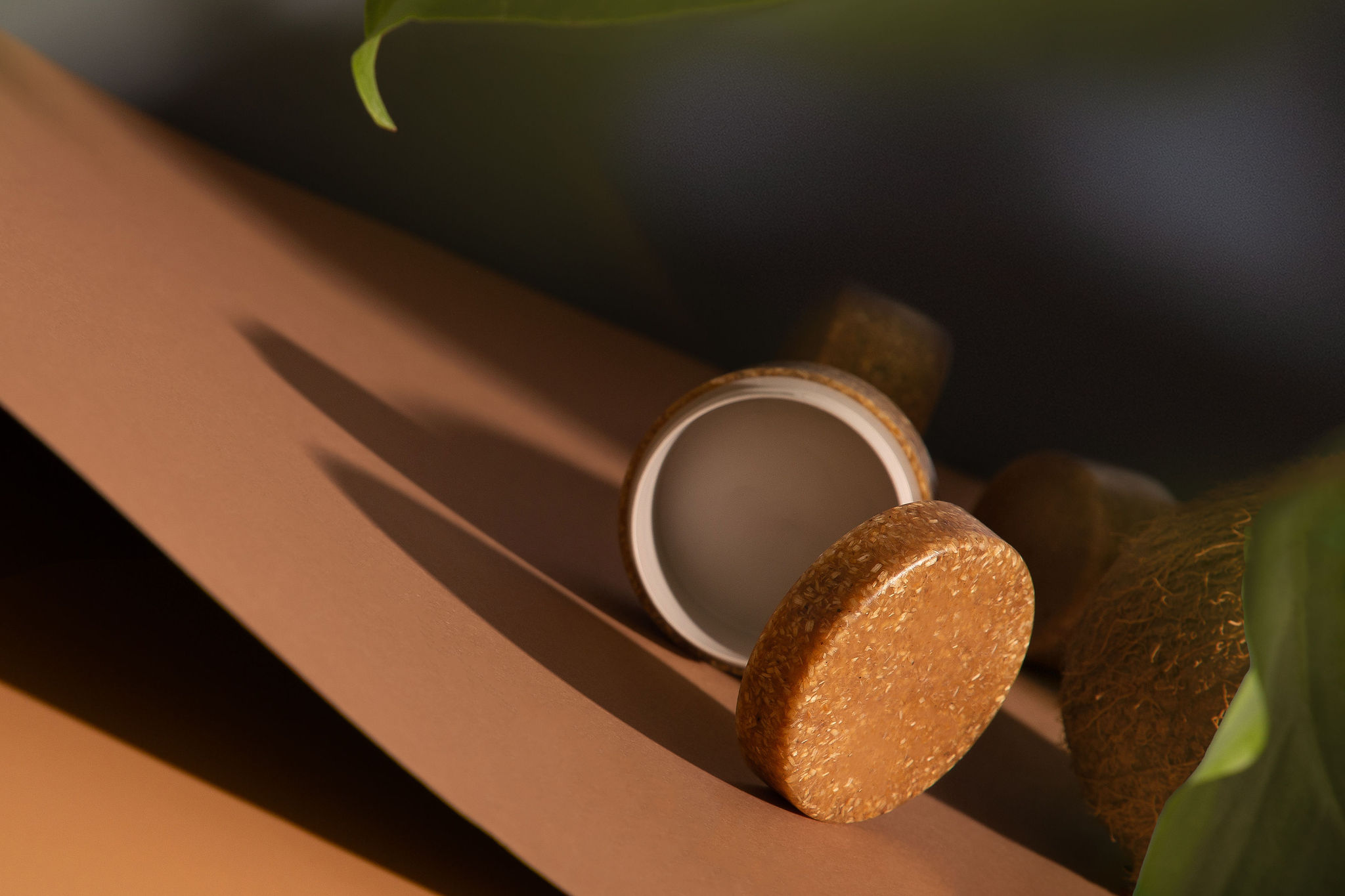Extend the shelf life of Sulapac materials with these storage tips
Due to its unique combination of raw materials, Sulapac needs to be treated with care, including proper storage and transport conditions. Read these tips to make sure the material stays as beautiful as nature itself, as long as it’s supposed to.

Sulapac materials are made of bio-based and biodegradable ingredients. Biodegradation is a biological process, which takes place when the material gets exposed to heat, humidity, and certain kind of bacteria. The required conditions are present in a composting facility, for example, not in a warehouse or on the store shelf. However, attention should be paid to proper storage: keeping the material at the right temperature and using it within the recommended shelf life.
Keep the storage temperature below 45° Celsius
The recommended storage temperature for products made of Sulapac is below 45 degrees Celsius. Our customers often ask us what happens if the temperature rises 5 degrees above the recommended temperature. We set the limit at 45 degrees because, at 50 degrees, the product’s surface can already start to change. The higher the temperature, the shorter the guaranteed shelf life.
To best preserve the product’s properties, you should store Sulapac products at room temperature. No temperature is absolute, but excess temperatures will accelerate changes in the product. If the temperature rises above 50°C or the product is exposed to direct sunlight, tiny defects can appear on the surface within hours. If the surface quality of the final product needs to be immaculate, we recommend temperature-controlled transport. Humidy should also be kept low.
The Sulapac granulate, however, is more tolerant of variations. The granules should be stored in their closed, original moisture barrier packaging at temperatures below 45°C, in dry conditions. Direct sunlight should be avoided. Temperatures during transportation may not exceed 60°C.

Our tests reveal the actual shelf life
How long can you store Sulapac? Officially, we instruct you to use the contents of an unopened bag within 12 months. The recommendation is based on our raw-material supplier’s instructions.
Based on our own research, however, the shelf-life can be, in some cases, extended beyond the 12 months. We recommend you always check the latest information on shelf life from your Sulapac contact person, as we carry out ongoing research and update our guidelines every six months. The shelf life is more likely to be 18–24 months in room temperature (23°C). A year is a minimum.
In the cosmetics industry, for example, the test are typically carried out in unrealistic conditions: Test periods are shorter and temperatures higher than in real-life. The actual shelf life is challenging to simulate realistically. That’s why we conduct our tests in real time and under the right conditions, and are thus able to measure the shelf-life of products made with Sulapac more accurately.

Shelf life of an end-product
When a package made of Sulapac is filled, the contents, like skincare cream for example, determines the shelf life. The best-before date of a product is almost always sooner than the shelf life limit of the package. And usually, the product is used up in a much shorter time anyway. From the consumer point-of-view there’s actually nothing special to consider when storing a product packed in a Sulapac jar. For example, a one-off rapid exposure to water or heat will not ruin the packaging. Just make sure not to leave it standing in sunlight or rain.
Packaging with or without microplastics pollution?
The time limits mentioned are typical for bio-based polymer materials. Traditional plastics, such as polypropylene, are less sensitive to temperature fluctuations or passing of time. But then again, they are not biodegradable, they leave microplastics and potentially toxic substances behind and are made from non-renewable raw materials. Some plastic packaging are also difficult or impossible to recycle.
For our customers the self life of Sulapac packaging has proven not to be an issue. Sustainability, beautiful appearance, and excellent functionality, including barrier properties, has been considered a combination which beats a packaging that lasts forever but comes with significant environmental burden and potential health risks. Sulapac is safe for people and the planet: it leaves no permanent microplastics or toxic load behind.

If you have any questions related to self life, storage or anything else, our experts are happy to help. Contact us here. If you are interested in using Sulapac packaging for you cosmetic products, have a look at our portfolio for cosmetics and beauty brands!
Sulapac Ltd accelerates the plastic waste-free future by replacing conventional plastic with sustainable materials that are beautiful and functional. Like nature. The Helsinki-based company was founded in 2016 by three scientists Dr. Suvi Haimi, Dr. Laura Tirkkonen-Rajasalo and Dr. Antti Pärssinen and was ranked one of Europe’s 100 hottest startups by WIRED UK in 2018, 2019 and 2021. Investors behind the award-winning, patented biomaterial innovation include CHANEL and Sky Ocean Ventures. Join the forerunners at sulapac.com.